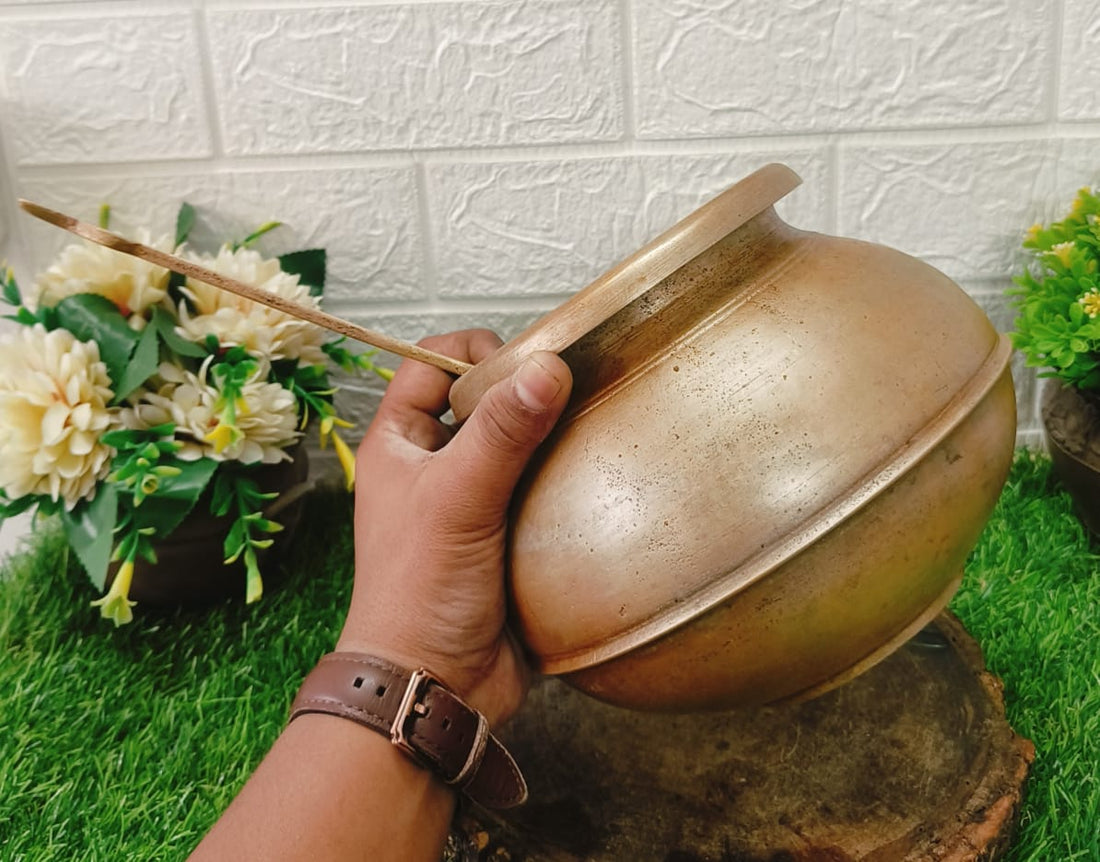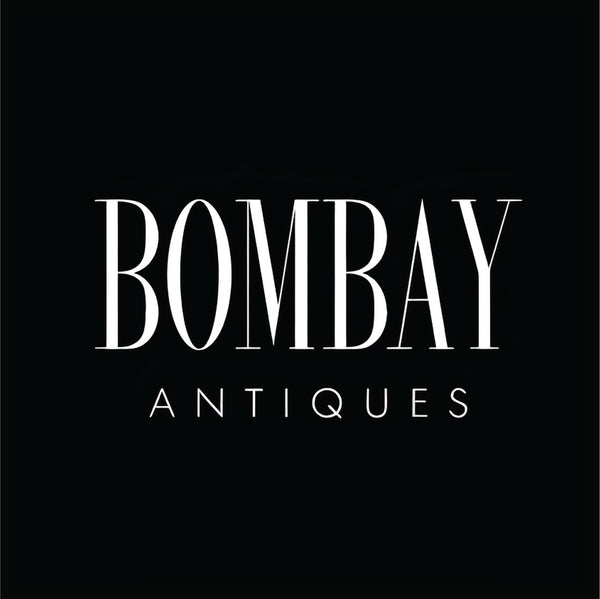
10 Must-Know Facts About Antique Cooking, Brass, and Eating Utensils: History, Value & Care Tips
Share
Introduction
You know, I never really thought about antique kitchenware much. To me, they were just old things, dusty relics from a time long gone. But then, something shifted. I started holding these pieces, feeling their weight, tracing their intricate designs, and suddenly, they weren't just objects anymore. They were stories waiting to be told, whispers from the past. It's been a real journey of discovery, and I wanted to share some of the most profound things I've learned. It's not just about facts; it's about feeling the history.
From Campfire Cooking to Silverware Elegance: A Culinary Time Warp:
Imagine those early humans, struggling to cook over open fires with the most basic tools. It's a stark contrast to the refined elegance of a Victorian silver spoon, isn't it? Holding an old cast iron pot, you can almost smell the smoke and feel the heat of those ancient hearths. And then, you see those delicate silver utensils, and you realize how much our dining habits have changed, how much we've evolved. It's not just about food; it's about the evolution of our social interactions, our connection to each other.
Brass: The Golden Heart of the Old Kitchen (And a Glimpse into Status):
Brass in antique kitchens? It wasn't just practical; it was a statement. A gleaming brass pot meant you had a certain standing, a certain level of comfort. And holding one, you can feel the weight of that history, the warmth of countless meals cooked within its walls. It's like a golden hug from the past, a symbol of family and tradition.
My Detective Adventures: Unraveling the Secrets of Antique Brass:
Trying to spot real antique brass? It's like becoming a detective. You're searching for clues: the warm, aged patina that can't be faked, the tiny maker's marks that tell a story, the substantial weight of real metal. It's a challenge, but when you find an authentic piece, it's incredibly rewarding. It's like finding a hidden treasure.
The Value Equation: More Than Just Age, It's About Story and Craftsmanship:
I used to wonder why some antique utensils were so expensive. But then I realized it's not just about age. It's about the hands that made them, the stories they hold, and how rare they are. Holding a piece made by a renowned craftsman? It's like holding a piece of art, a testament to their skill and dedication.
TLC for Time Capsules: Caring for My Antique Treasures:
Cleaning antique brass and utensils? It's a gentle, almost meditative process. Soft cloths, mild soap, and a whole lot of patience. It's about respecting their age, their history, and ensuring they survive for future generations. It's like taking care of a cherished family heirloom.
Eating Utensils: More Than Tools, They're Etiquette Lessons in Metal:
Those elaborate forks and spoons? They weren't just for eating; they were about showing you knew how to behave, how to navigate social situations. They were teaching people manners, etiquette, the art of refined dining. It's a glimpse into a world where every gesture, every utensil, had meaning.
Cooking Bowls: The Silent Witnesses of Countless Meals:
Think about all the meals that were prepared in those old bowls. From simple stews to elaborate feasts, they were at the heart of every kitchen, every gathering. And the materials? Clay, wood, metal – each one tells a different story, a different chapter in culinary history.
The Authenticity Quest: My Lessons in Spotting Fakes:
Trying to tell real from fake? It's a challenge, but you learn to look for the tiny details, the imperfections that come from being handmade, the telltale signs of age. And when in doubt, trust your gut and get a professional opinion. It’s about respecting the past, and preserving it honestly.
The Power of Provenance: Tracing the History, Telling the Tale:
Knowing who owned something? It adds so much value, so much depth. It's like owning a piece of their story, a tangible connection to the past. And keeping those old receipts, those family letters? They're like puzzle pieces, helping you reconstruct the history, the lives lived.
Sharing the Stories: Displaying My Treasures, Keeping History Alive:
Displaying antique utensils isn't just about showing off; it's about sharing their stories, keeping their history alive. It's like creating a mini-museum in your home, a way to connect with the past and inspire future generations.
Conclusion:
Antique cooking, brass, and eating utensils are more than just old objects. They're tangible links to our past, whispering stories of lives lived, meals shared, and traditions passed down. And holding them, knowing their history, it's a reminder that we're all part of a long, beautiful story, a story that deserves to be told and preserved. It’s a way to feel connected, and to keep the past alive in our present.
